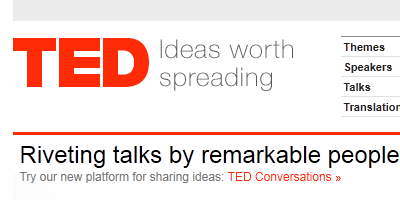 Have you ever read an e-newsletter or blog post and got a feeling of disappointment? Maybe it was just too subjective, airy-fairy and touchy-feely? If so, then you may be like me, a thought-processing person who wants facts and data when reading content online, an e-newsletter or blog post.
Have you ever read an e-newsletter or blog post and got a feeling of disappointment? Maybe it was just too subjective, airy-fairy and touchy-feely? If so, then you may be like me, a thought-processing person who wants facts and data when reading content online, an e-newsletter or blog post.
Several years ago, my friend John Agno published this review of personality types in his newsletter. It contains important information to consider when writing your blog, e-newsletter or content marketing to attract clients, and it still applies today.
The Myers-Briggs Personality Inventory is a method for helping people match their communication styles to others’ personalities. Understanding Myers-Briggs allows you to foster the kind of interpersonal climate that paves the way toward better understanding.
One of the four Myers-Briggs dichotomies is Thinking/Feeling — that people use to assess their preferred ways of communicating, processing information, analyzing that information, and coming to a decision.
The population is evenly divided between thinkers and feelers. Two-thirds of men are thinkers and two-thirds of women are feelers, but 70% to 90% of businesspeople are thinkers, regardless of gender. The name of this dimension is slightly misleading. Thinkers aren’t unfeeling, and feelers aren’t fuzzy-headed. Both process information carefully. The difference is in what facts each group considers to be most salient. Read More→











